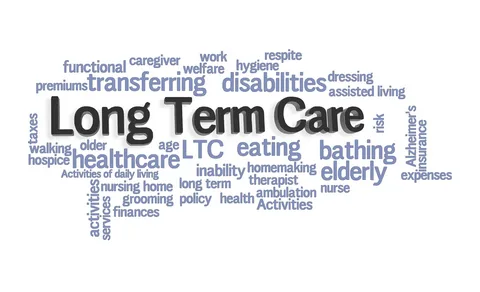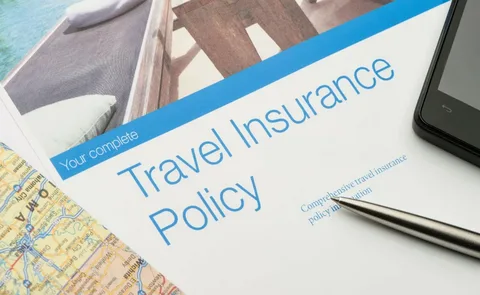Navigating Work Visas: A Comprehensive Guide
As globalization continues to reshape the workforce, many professionals are seeking opportunities abroad. However, before embarking on an international career journey, understanding the complexities of work visas is crucial. This comprehensive guide aims to clarify the types of work visas, the application process, and essential tips for successfully navigating the world of work visas.
Understanding Work Visas
Work visas are legal documents that permit foreign nationals to work in a host country for a specific period. The requirements, application procedures, and benefits vary widely depending on the country, the applicant’s nationality, and the type of work being performed.
Types of Work Visas
- Temporary Work Visas: These are typically granted for a specific period, allowing foreign workers to engage in short-term employment. Common types include:
- H-1B Visa (USA): For skilled workers in specialty occupations.
- TSS Visa (Australia): For skilled workers to fill labor shortages.
- Tier 2 Visa (UK): For skilled workers with a job offer from a UK employer.
- Permanent Work Visas: These visas allow foreign workers to live and work in the host country indefinitely. Examples include:
- Green Card (USA): Permanent residency for foreign workers.
- Skilled Independent Visa (Australia): For skilled workers not sponsored by an employer.
- Indefinite Leave to Remain (UK): For individuals who have lived in the UK for a certain period.
- Business Visas: These visas are designed for individuals seeking to start or invest in a business. Common types include:
- EB-5 Visa (USA): For investors who create jobs in the U.S.
- Business Innovation and Investment Visa (Australia): For entrepreneurs and investors.
- Student Work Visas: Many student visas allow foreign students to work part-time while studying. This can be a pathway to a full work visa after graduation.
The Application Process
- Research Visa Options: Before applying, research the specific visa categories available in your target country. Check eligibility requirements, including educational qualifications, work experience, and language proficiency.
- Secure a Job Offer: In many cases, securing a job offer from an employer is a prerequisite for obtaining a work visa. Employers may need to provide sponsorship or apply for labor certification on your behalf.
- Prepare Required Documents: Gather necessary documents, which typically include:
- Valid passport
- Job offer letter
- Proof of qualifications (degrees, certifications)
- Work experience letters
- Language proficiency test results (if required)
- Complete the Application: Fill out the visa application form accurately. Pay close attention to details, as errors can lead to delays or denials.
- Submit the Application: Applications can often be submitted online, but some may require in-person visits to consulates or embassies. Be prepared to pay application fees.
- Attend Interviews: Some visa categories may require interviews at a consulate or embassy. Prepare for potential questions regarding your background, job offer, and plans in the host country.
- Await Processing: After submission, the processing time can vary widely. Be patient and stay informed about your application status.
- Receive Visa and Prepare for Departure: Once approved, you’ll receive your visa, allowing you to travel to your new country. Ensure you understand the entry requirements, including health insurance and any additional documentation needed.
Tips for Successfully Navigating Work Visas
- Start Early: The visa application process can be time-consuming. Begin your research and application as early as possible to avoid delays.
- Stay Informed: Immigration policies frequently change. Regularly check official government websites for updates on visa requirements and processes.
- Seek Professional Guidance: Consider consulting with an immigration lawyer or expert to navigate complex visa processes, especially if your case involves unique circumstances.
- Keep Copies of All Documents: Maintain organized records of your application, correspondence, and documents submitted. This will help if any issues arise during the process.
- Understand Local Laws: Familiarize yourself with the employment laws and regulations in your host country. This knowledge will help you adapt more easily to the work culture and legal framework.
- Plan for Adaptation: Moving to a new country involves cultural adjustments. Research local customs, workplace etiquette, and community resources to ease your transition.
Common Challenges
- Complexity of Regulations: Visa regulations can be intricate and vary significantly by country. Misunderstanding requirements can lead to delays or rejections.
- Job Offer Requirements: Securing a job offer can be challenging, especially in competitive fields. Networking and leveraging platforms like LinkedIn can help.
- Processing Delays: Visa processing times can be unpredictable. It’s essential to plan for contingencies if your application takes longer than expected.
- Cultural Barriers: Adapting to a new work environment may pose challenges, particularly in understanding cultural nuances and communication styles.
Conclusion: Your Pathway to International Work
Navigating work visas is a crucial step in pursuing international career opportunities. By understanding the types of visas available, the application process, and effective strategies for success, you can position yourself for a rewarding experience abroad.
As you embark on this journey, remain flexible and proactive. The global job market is filled with opportunities, and with careful planning and determination, you can successfully secure a work visa and embark on an exciting new chapter in your professional life. Embrace the challenges and opportunities that come your way, and enjoy the enriching experience of working in a new country!











2 thoughts on “Navigating Work Visas: A Comprehensive Guide”